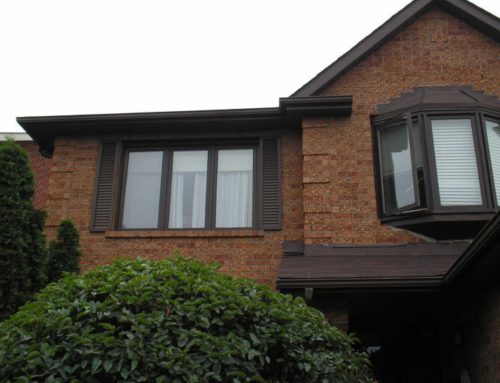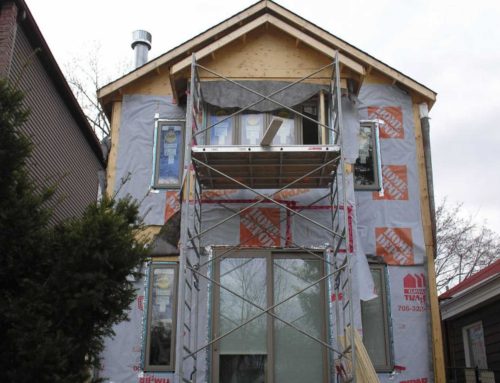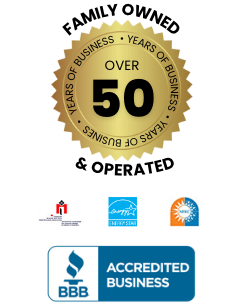Upgrading a home’s siding is one of the most impactful renovations a homeowner can undertake. It dramatically boosts curb appeal, improves energy efficiency, and protects the structure for decades. However, homeowners often underestimate the total cost or overlook key factors, leading to financial stress. Just as a financial advisor helps plan for long-term investments, setting a clear and realistic budget for a siding project ensures a smart investment in a home’s value and appearance. Planning ahead, much like seeking professional financial advice, helps avoid surprises and overspending, turning a potentially overwhelming project into a manageable and rewarding one.
The Major Cost Components: Materials, Labour, and Extras
The final price of a siding project is determined by several key components, with the siding material itself being the most significant variable. There are many different types of siding, each with a unique profile of cost, durability, and maintenance. Vinyl is the most budget-friendly option, offering a low-maintenance and durable finish in a wide range of colours. Fibre cement provides a step up in durability and can mimic the look of wood or stucco with superior resistance to fire and pests, though at a higher price point. When choosing between wood and aluminum siding, the decision often comes down to aesthetics versus longevity. Wood offers a classic, natural beauty but requires the most maintenance and comes at a premium cost. Aluminum, a type of metal siding, is prized for its extreme durability, rust resistance, and modern aesthetic, representing a significant long-term investment.
Labour costs are the second major factor, influenced by the home’s size, height, and architectural complexity. A single-storey bungalow with long, flat walls will be far less labour-intensive to re-side than a three-storey Victorian home with numerous gables, dormers, and intricate angles that require precise cuts and custom work. The quality of the installation crew also plays a role. While it may be tempting to choose the lowest bid, highly experienced, certified installers often charge more for a reason. Their expertise prevents costly mistakes, ensures the siding performs as intended for its full lifespan, and guarantees the manufacturer’s warranty remains intact. Professional installation is a critical part of protecting the overall investment.
Preparation and Extras: The Costs You Don’t See
Many homeowners fail to include necessary “extras” in their initial budget. These preparation steps are essential for a quality siding job. The process usually begins with removing and disposing of the old siding. This is a significant task on its own. Once the old siding is off, there is always a chance of finding hidden issues. Problems like moisture damage, insect infestations, or rotted sheathing must be repaired first. These repairs can add unexpected costs. This is why having a contingency fund is crucial for a stress-free project.
Other costs to consider include installing a new weather-resistant barrier, or house wrap. Upgrading the exterior insulation with rigid foam panels is another potential expense. These steps are vital for creating an energy-efficient and moisture-proof building envelope. Finally, the project is not complete without the finishing touches. New trim around windows and doors, soffits under the eaves, and fascia along the roofline are all essential. These elements create a polished look and ensure proper function. A reputable contractor will include these items in a detailed estimate. Homeowners should understand these components when comparing quotes.
Smart Budgeting Strategies for a Stress-Free Project
Creating a realistic budget starts with gathering detailed information. It is advisable to get at least three itemized quotes from reputable siding companies. When comparing these quotes, ensure they are “apples to apples.” This means they should specify the same quality of materials and similar warranties. They should also detail the same scope of preparation work, like disposal and house wrap. A low bid that omits these key steps is not a true saving. It will likely lead to problems later. This diligence helps establish a clear and accurate cost baseline for the project.
Once a baseline is set, it is essential to set a contingency fund. A good rule of thumb is to set aside an additional 10–15% of the total project cost. This covers any unexpected expenses that may arise. This fund can pay for unforeseen issues like rotted wood or extra structural work. This simple step is the key to preventing financial stress. It also ensures the project can be completed to a high standard without cutting corners. In terms of timing, scheduling a project in the off-peak seasons might offer some savings. However, the best contractors are often busy year-round. Quality and reputation should always be the primary consideration.
The Long-Term Financial Payoff of Quality Siding
While the upfront cost is significant, a siding project should be viewed as a long-term investment that provides returns in several ways. High-quality, properly installed siding, especially when paired with an insulation upgrade, creates a more airtight building envelope. This can noticeably reduce energy bills by helping the home retain heat in the winter and stay cooler in the summer, thus reducing the strain on the HVAC system. Furthermore, durable, low-maintenance materials like vinyl, fibre cement, or metal save homeowners money and time on the recurring costs of painting, staining, and repairs that are often associated with older wood siding. Homeowners should also consider fade-resistance, as premium siding with advanced coatings will maintain its colour for decades, protecting the aesthetic investment.
Professional installation is what unlocks the full return on investment. A flawless installation ensures the siding is weathertight, performs efficiently, and lasts for its entire warrantied lifespan. This not only provides peace of mind but also has a direct and positive impact on the home’s marketability. A new, high-quality siding job is a major selling feature that can significantly increase the resale value of a home. It signals a well-maintained property to potential buyers and assures them that a major capital expense has already been taken care of. This makes the home a more attractive and valuable asset in a competitive real estate market.
The Bottom Line on Your Budget
Planning a realistic budget for a siding project is about being thorough, prioritizing quality, and adopting a long-term perspective. By understanding all the potential costs, setting aside a contingency fund, and choosing a reputable installer, homeowners can transform their property with confidence. A new siding installation is more than just an expense; it is a powerful investment in a home’s beauty, performance, and lasting value. With a clear and well-planned budget, the process can be a smooth and rewarding journey toward a more beautiful and efficient home.






